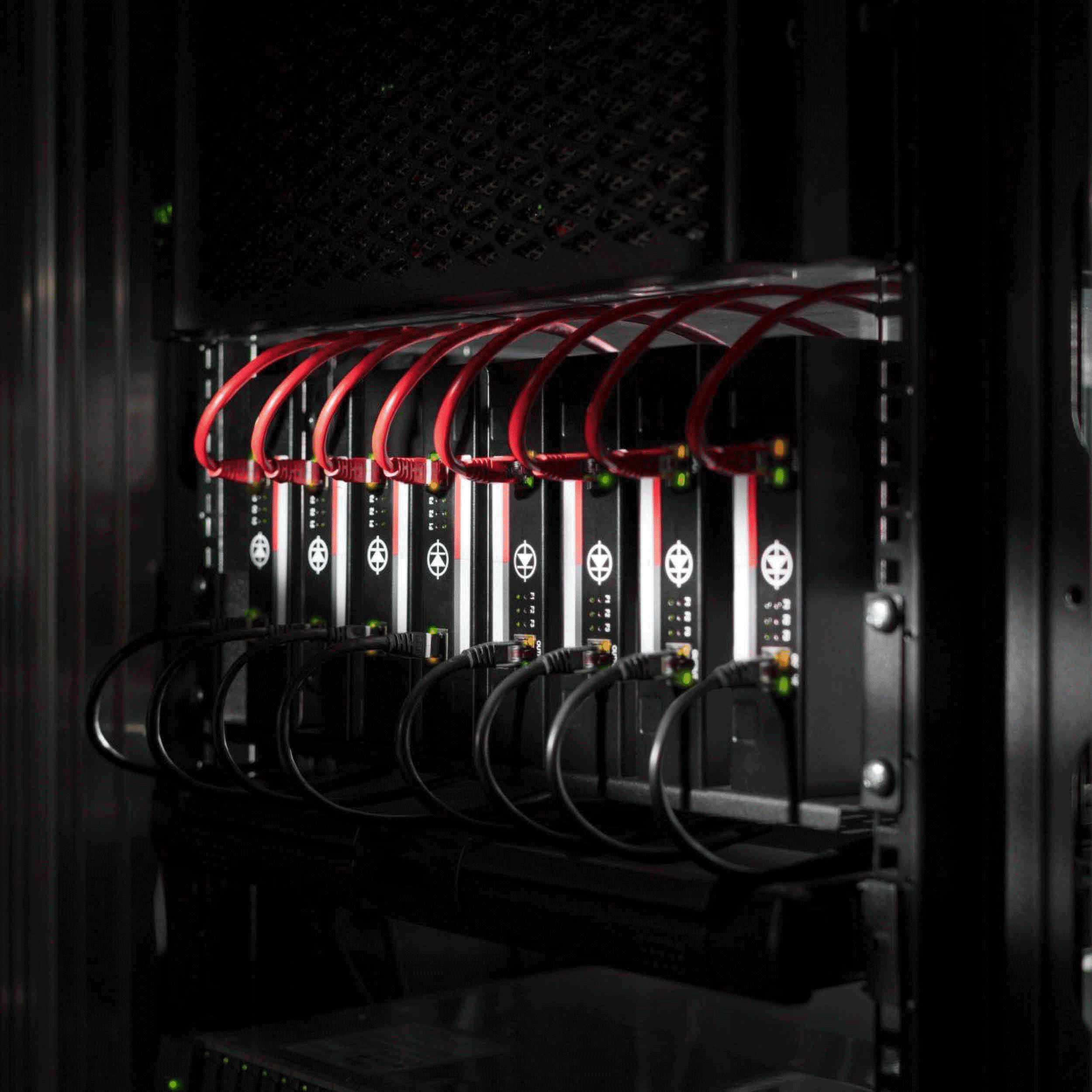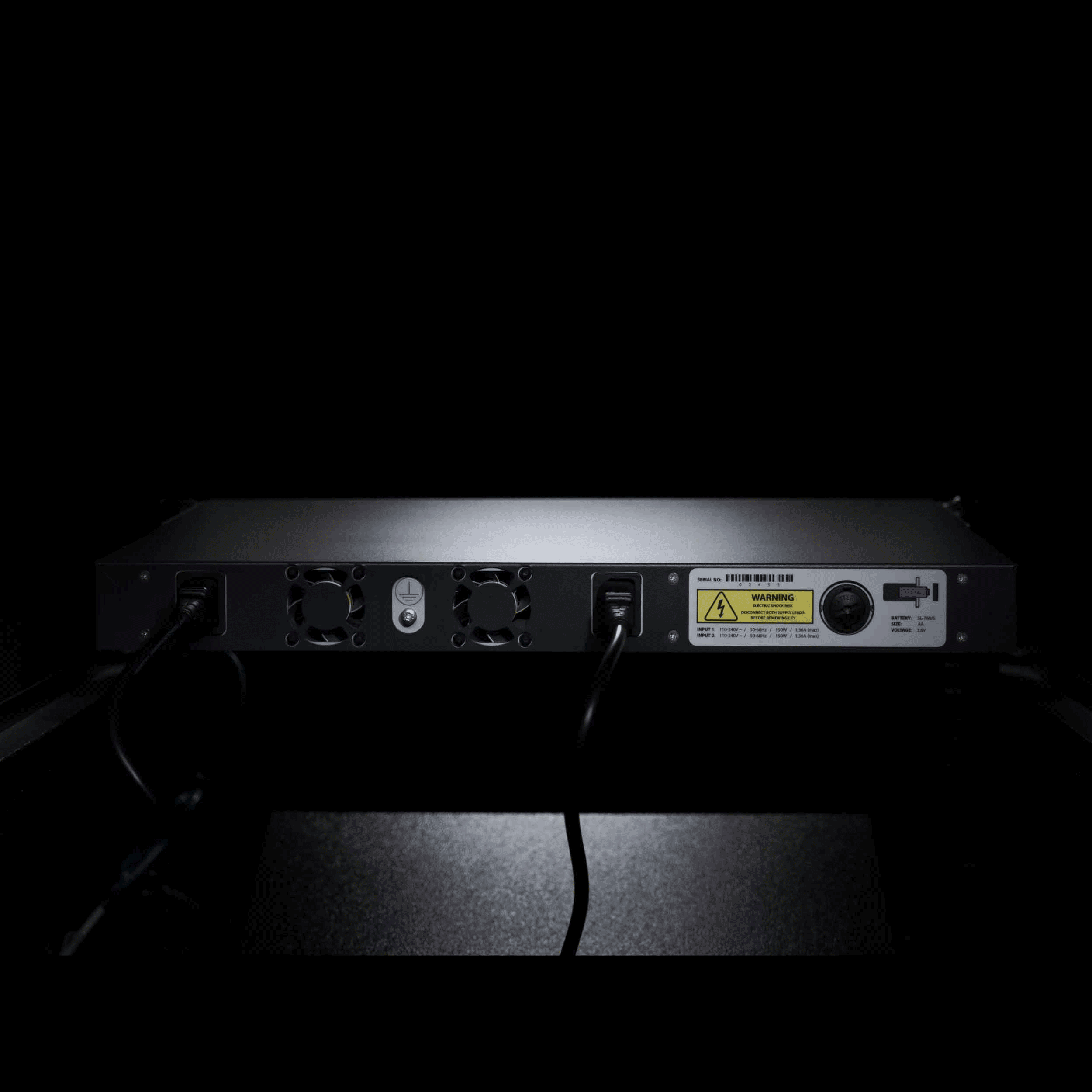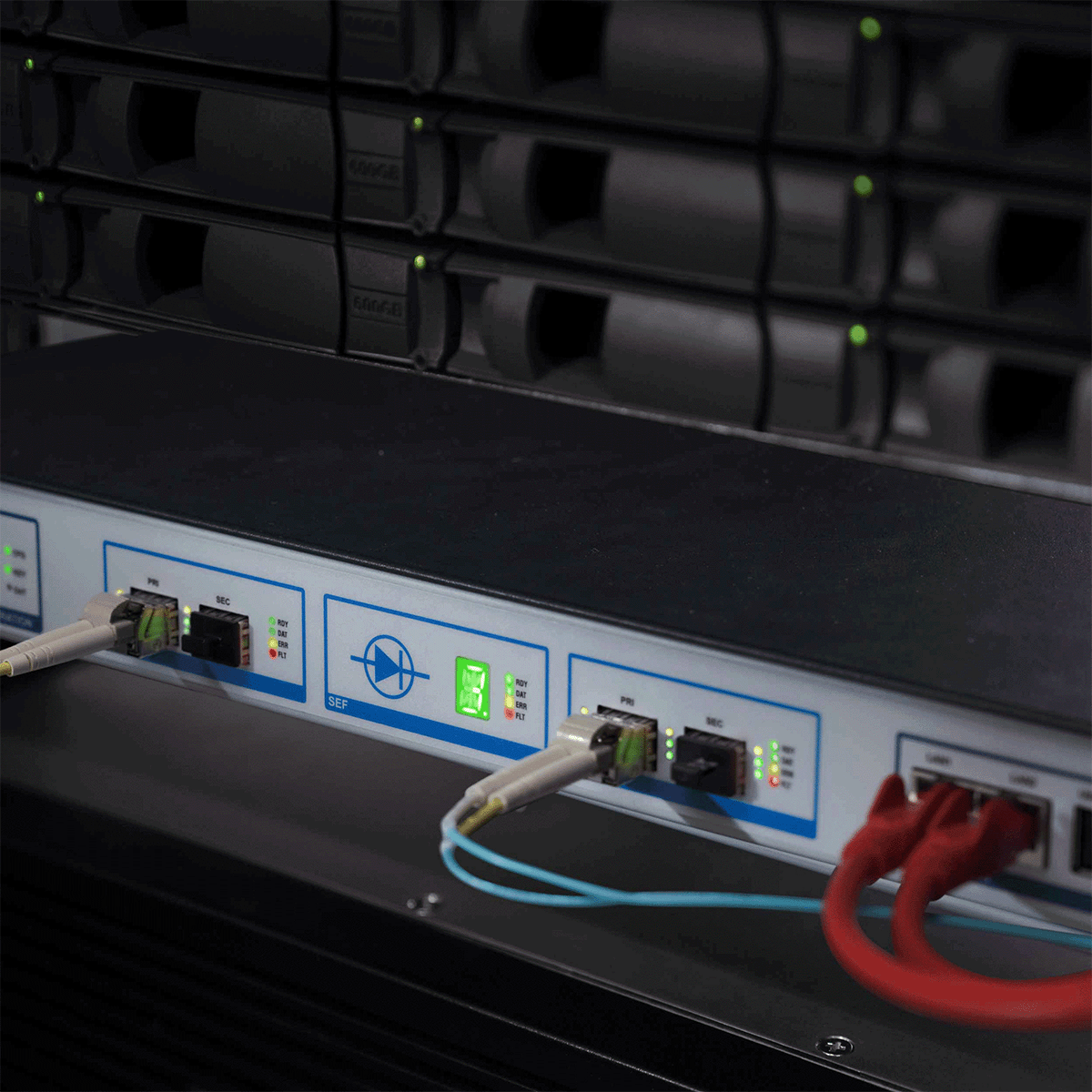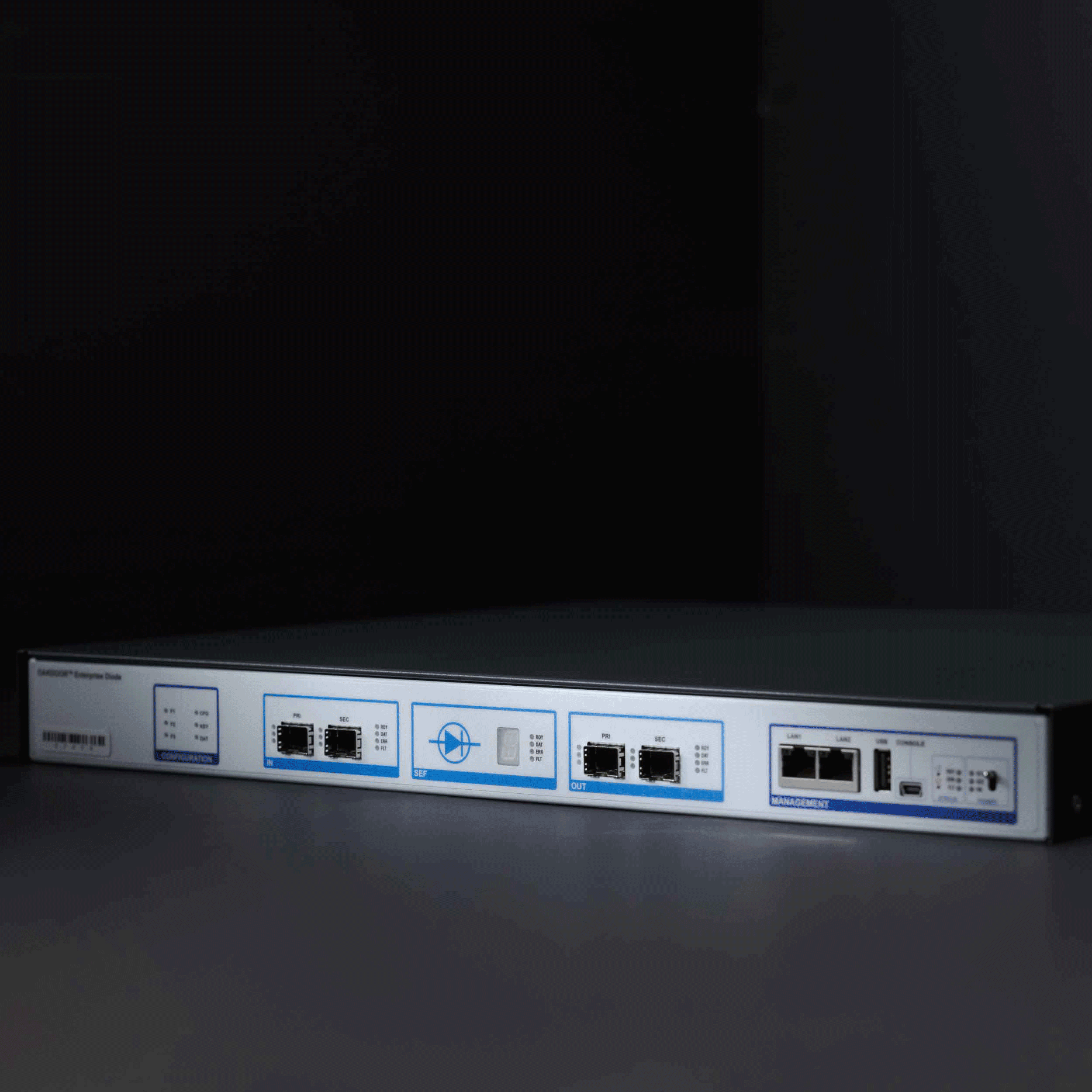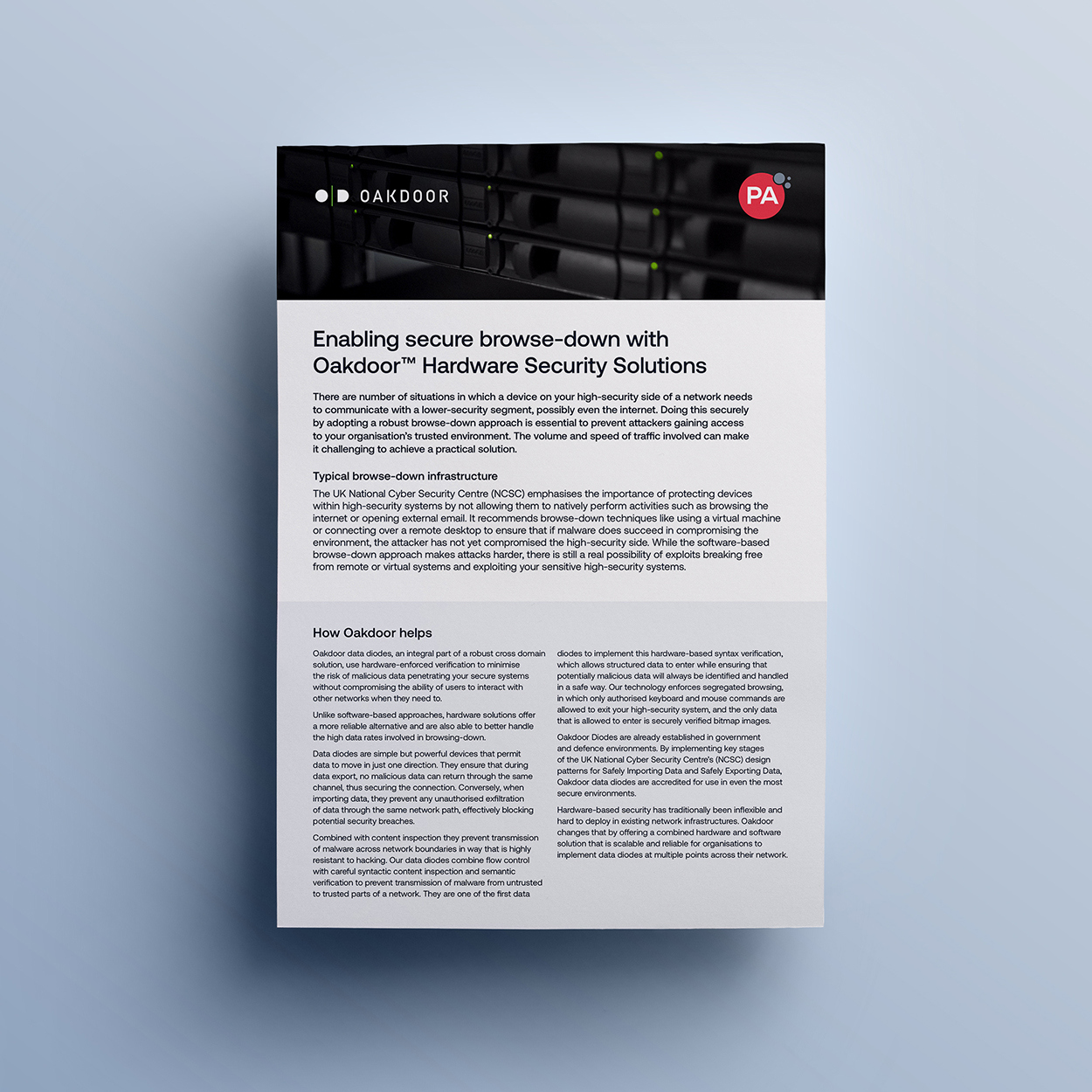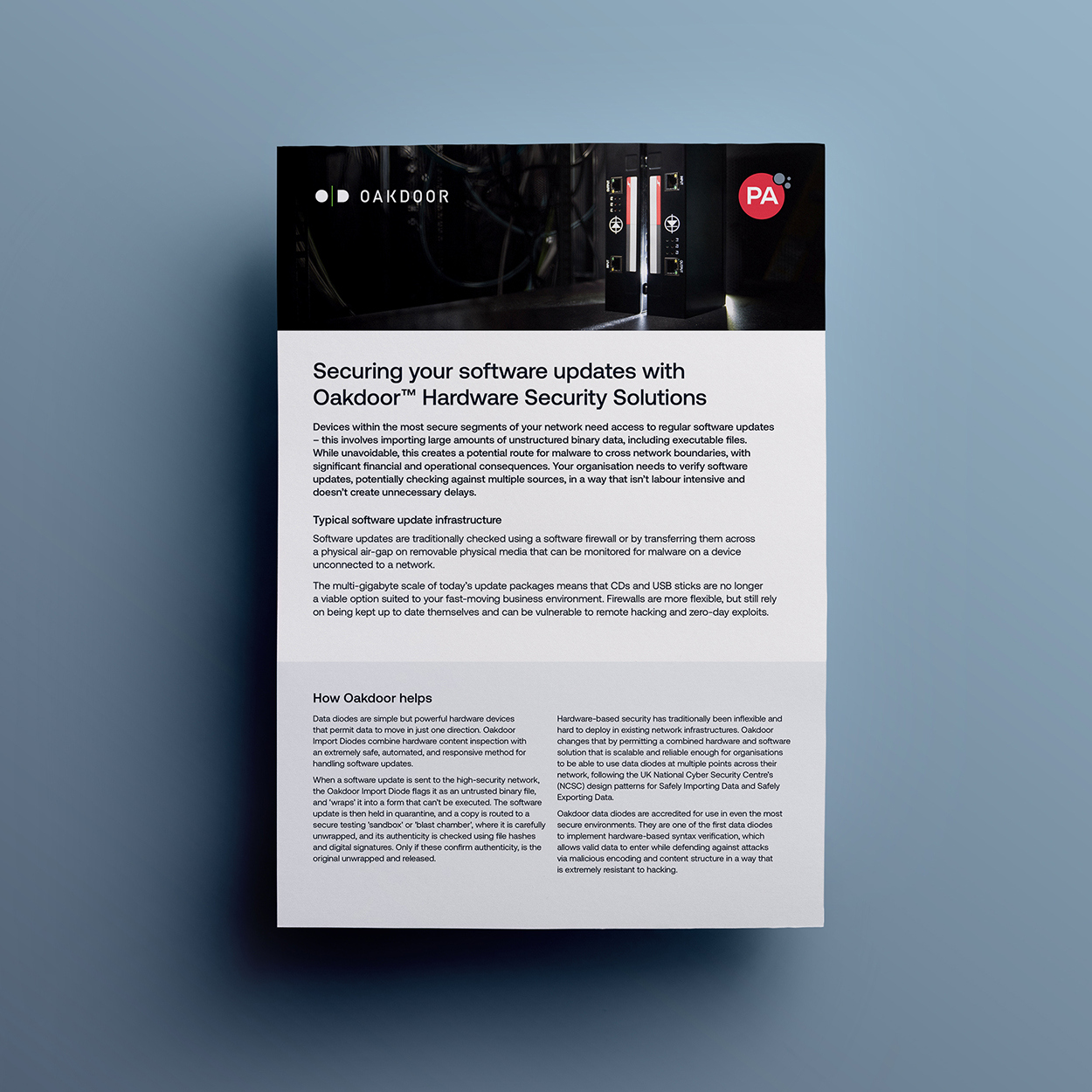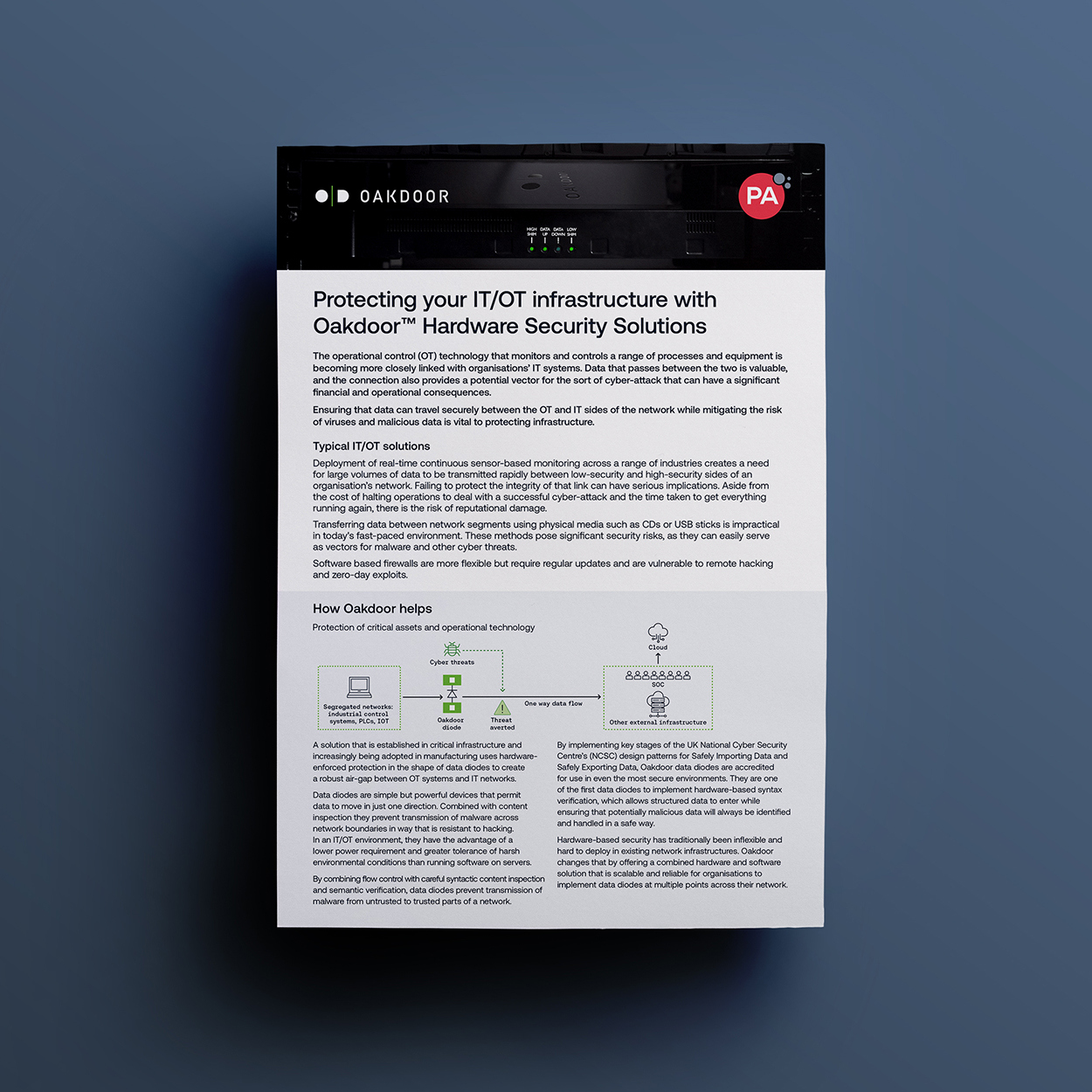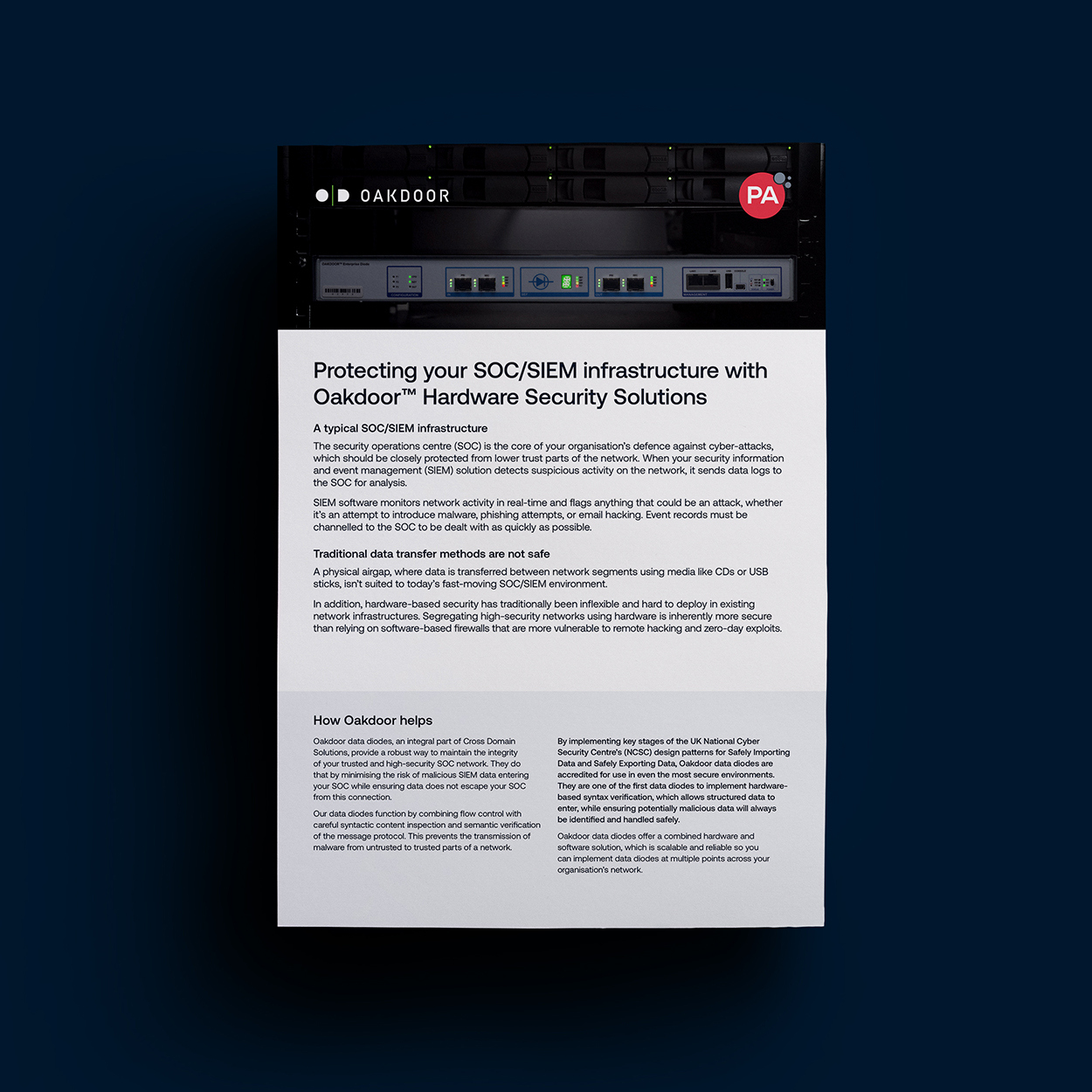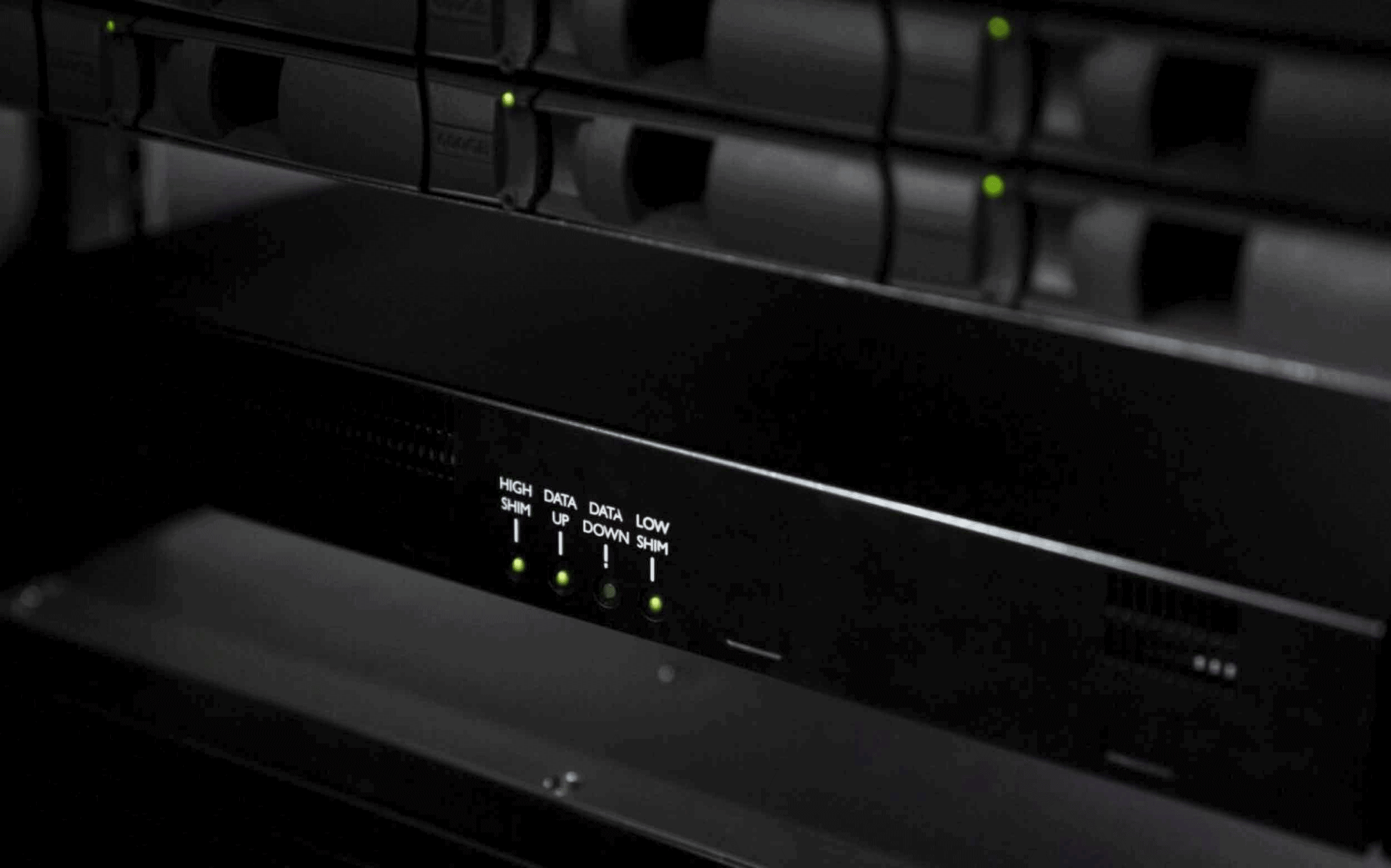Oakdoor Data Diodes

Simple and secure hardware components for your cross-domain solution.
Simple and secure hardware components
Oakdoor Data Diodes guarantee a one-way data flow via hardware, as opposed to firmware or software. This means that there is no way to reverse the one-way data flow without breaking the laws of physics.
By implementing key stages of the UK National Cyber Security Centre’s (NCSC) design patterns for Safely Importing Data and Safely Exporting Data, Oakdoor products are accredited for use in even the most secure environments.
Our data diodes are the first to implement hardware-based syntax verification that allow structured data to enter, while ensuring that potentially malicious data will always be identified and handled in a safe way. By providing a protocol break at Layers 1-4, Oakdoor data diodes qualify as a protocol filtering device (PFD) as defined by NCDSMO’s Raise the Bar (RTB).
Oakdoor 1G Diode
Oakdoor Enterprise Diode
Benefits of data diodes
Data flow control
Provides extremely tight control of data flows across the network boundaries.
Customisable and high data throughput
Ideal for a variety of cross-domain applications that require flexibility and speed.
Hardware-enforced unidirectional flow control
Can be extended with application-specific Security Enforcing Functions (SEFs) based on NCSC design patterns.
Cross-domain solution core
The diode provides the core hardware component and the centre of a cross-domain solution implemented around the diode.
Dedicated management
Allows for remote management of the diode from a trusted management plane (Oakdoor Enterprise Diode only).
Let's compare
Which Oakdoor Data Diode is right for you?

Oakdoor 1G Diode
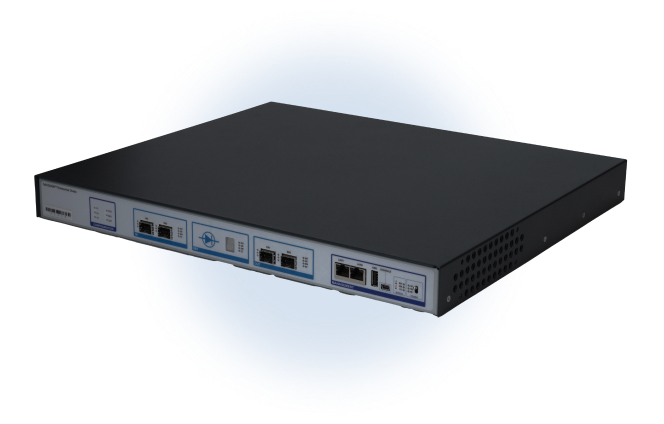
Oakdoor Enterprise Diode
Use cases
Explore other products
Get in touch
Whether to request a demo or discuss your cybersecurity requirements, we look forward to hearing from you.
